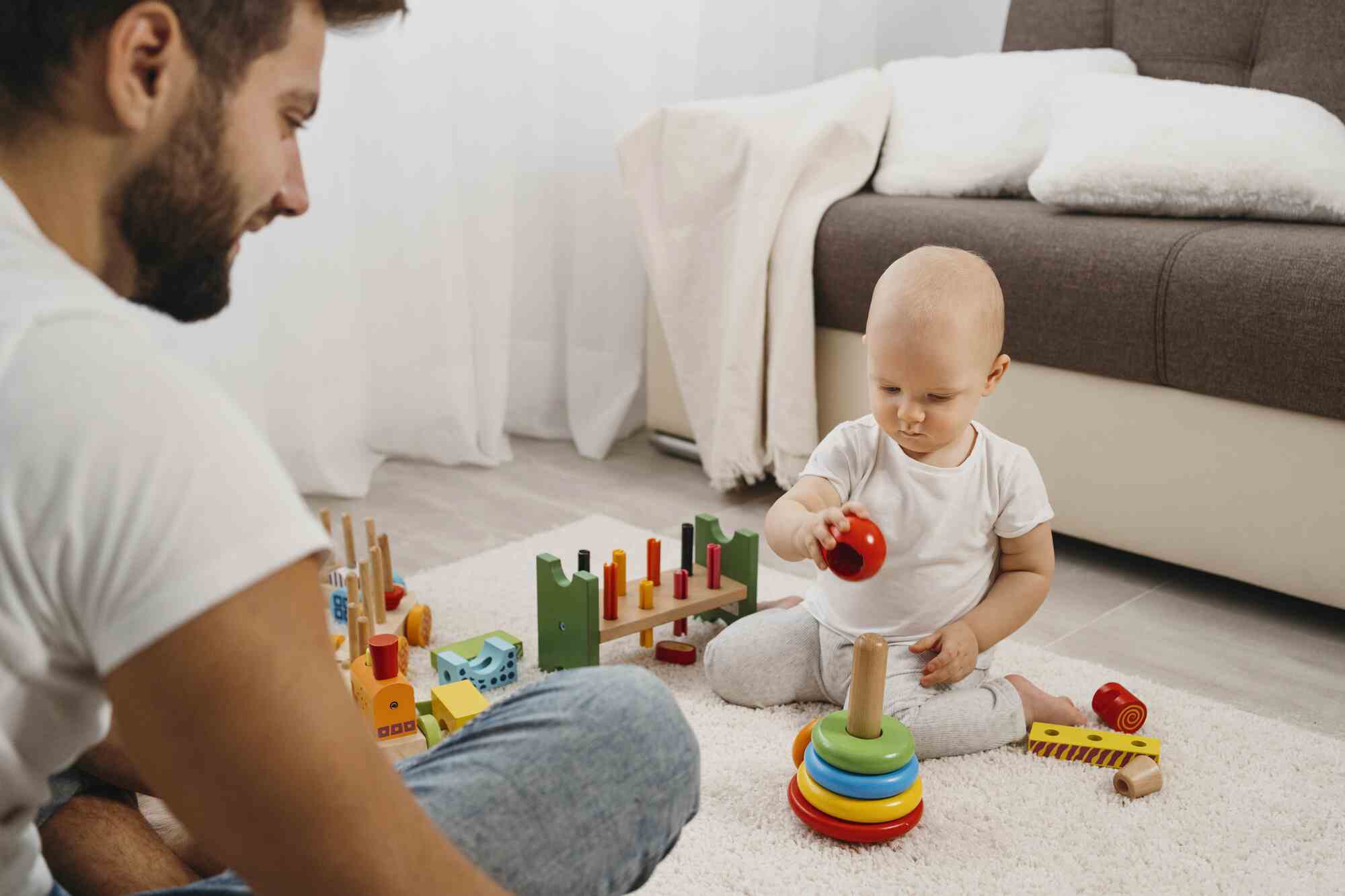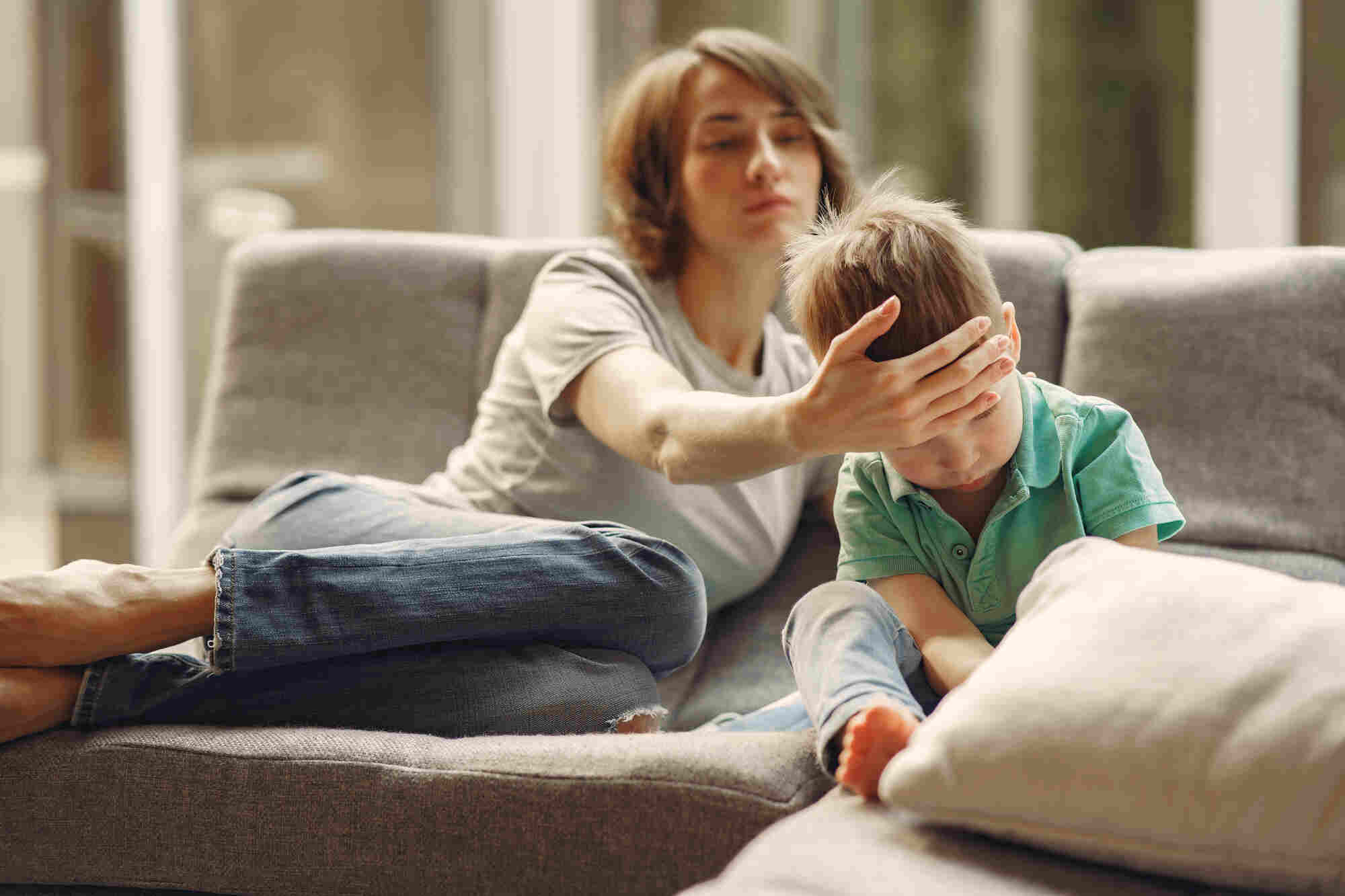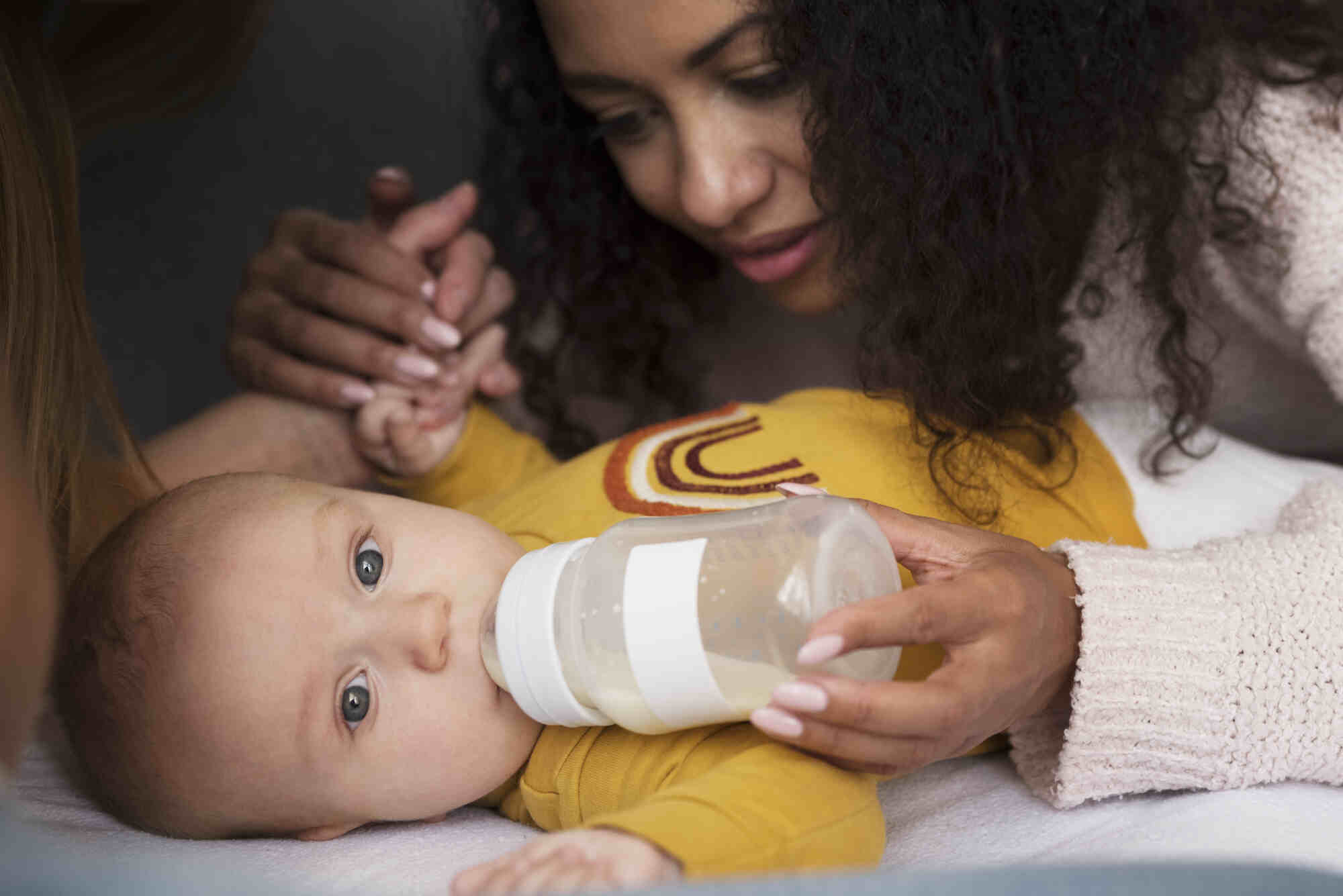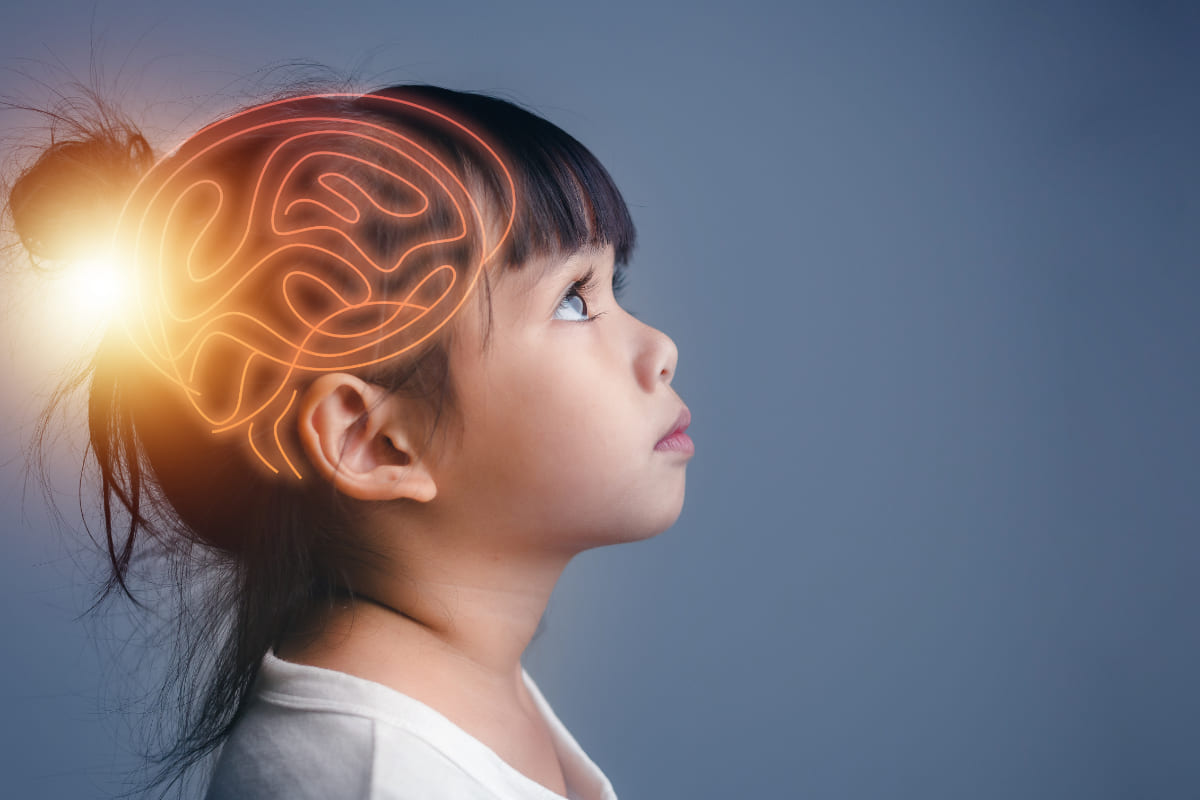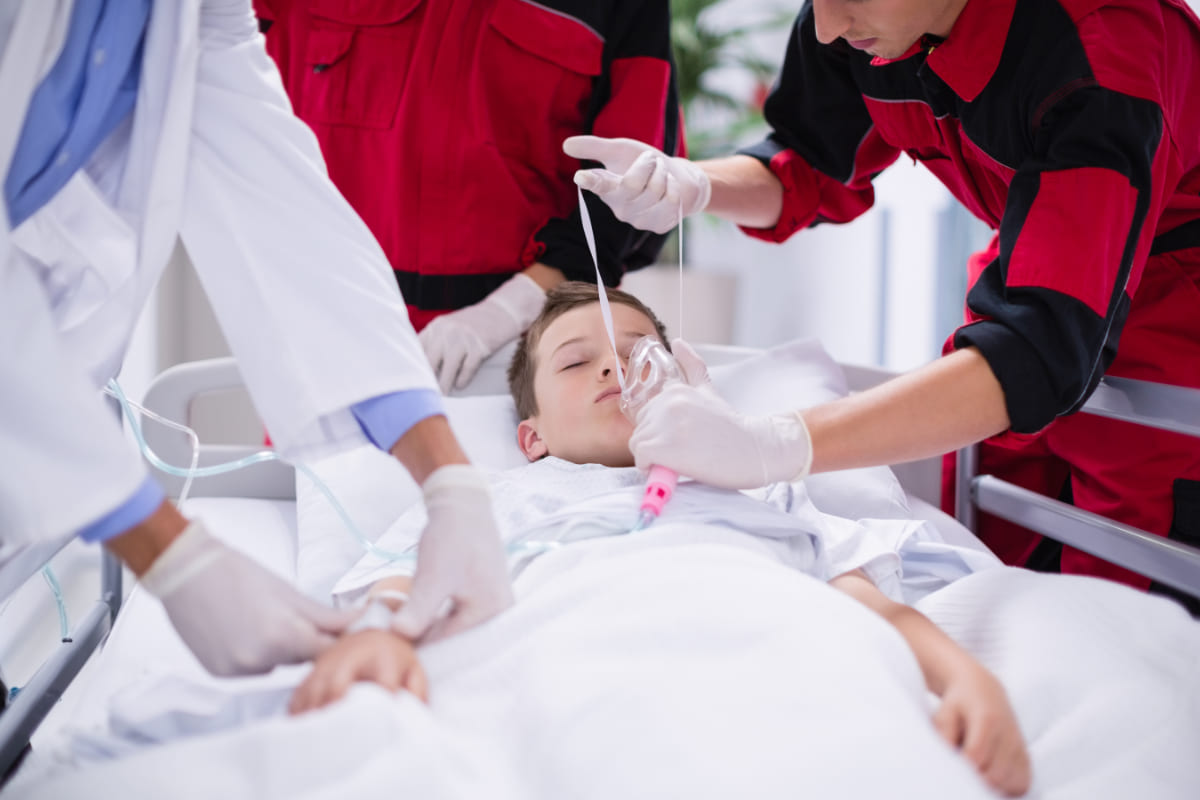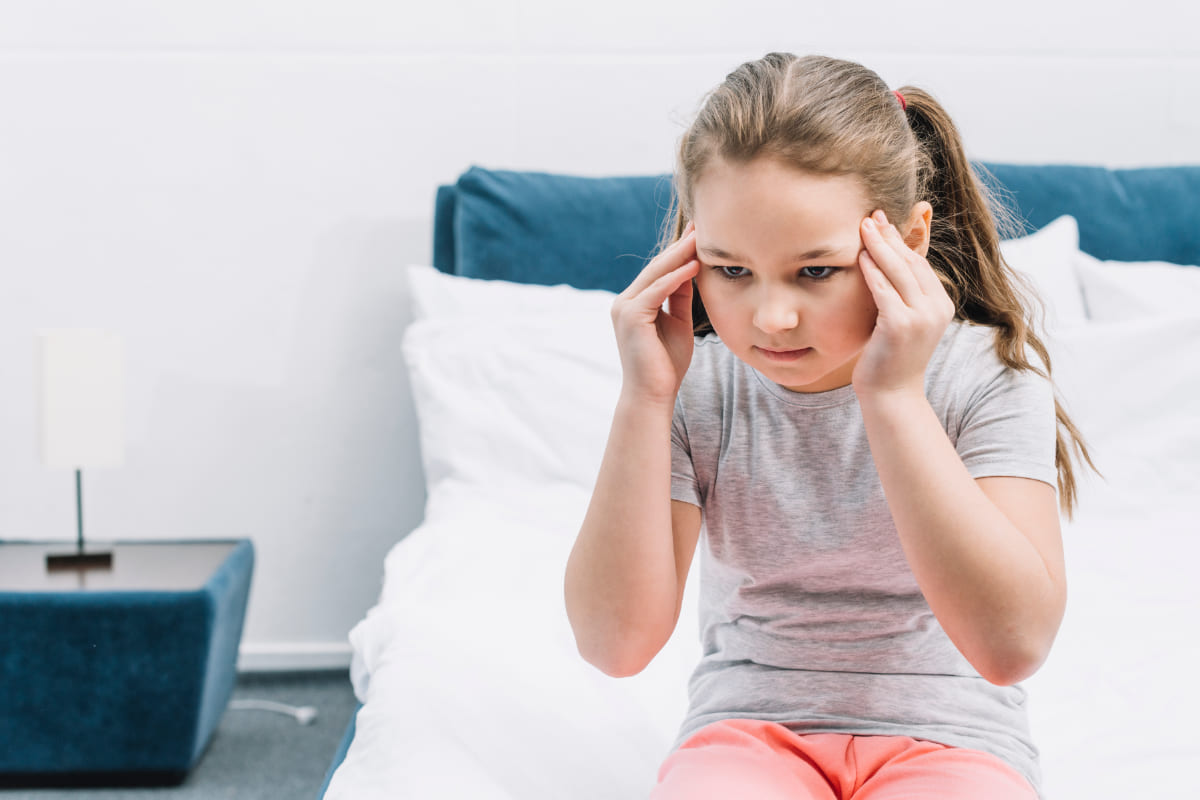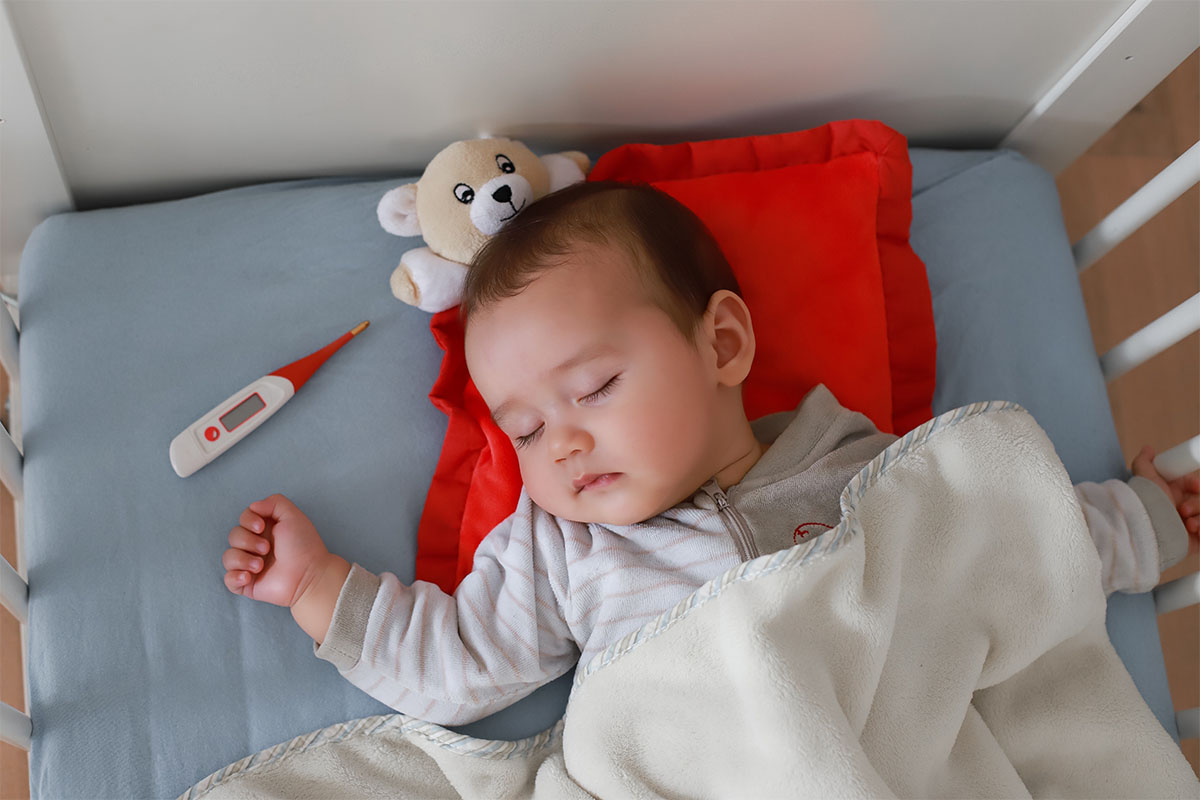Author – Dr Sanjay Wazir
MBBS, MD-Paediatrics, DM-Neonatology,
Medical Director (NCR)-Neonatology
10 Playtime Activities to Boost Development in Babies Under 1 Year
The learning journey of a baby begins way before it is born. During the 9 months, the baby learns from the mother inside her womb. Once born, it keeps on observing and learning over time. The first year of your baby is crucial since it is during this time that your baby starts developing socially, emotionally, and physically. According to Dr Sanjay Wazir, MBBS, MD-Paediatrics, DM-Neonatology, Medical Director (NCR)-Neonatology, the cognitive growth of a baby starts developing from 6 months of age. Hence, parents need to engage their babies in games that make them learn, enjoy, and grow.
10 Playtime Activities to Boost Development in Your Babies
If feeding and napping your baby takes most of your time, you’re not like other first-time parents. You can, however, carve out some time with your baby to play games suggested by the best neonatologist in Delhi, such as:
1. Baby Talk
Respond to your baby’s coos and other syllables. Speak to them with facial expressions and try uttering more vowels during this time. This will help your baby understand speech and pick up language.
2. Play with Hands
Games including peekaboo or playing with puppets are great to engage your baby and their attention. Using hands during playing will make them learn how to interact physically.
3. Pay Attention
Babies usually start pointing out things and making sounds, pay attention to where they are looking at and start observing things with them. This will give you an idea of what interests your child.
4. Start Books Early
Select books with colourful pictures and point images with them. If they start making sounds, mimic their sound, elaborate the storylines, and encourage them to talk about books. The best paediatrician in Delhi suggests also keeping colourful alphabets around them to make them familiar with the language.
5. Choose Interactive Toys
Of late, there are several interactive toys in the market that can help your baby learn by engaging them in the form of games.
6. Respond When They Cry
Respond to your baby as soon as you see them crying. Try soothing, cuddling, and reassuring them to build a positive brain circuitry. This gives emotional security to their brain.
7. Give Them a Body Massage
Giving a good massage to your baby can lower their stress levels and build emotional security for them. A massage has been shown to even promote growth in young babies. You can also make this task engaging for them by interacting with them while giving a massage.
8. Slow Dancing
Turn on some good music, hold your baby in your arms and swerve slowly on the beats. This will not only calm your baby but also boost their mood and help them understand music.
9. Make Funny Faces
Make your baby laugh by making funny faces or imitating people around. Slowly, you will start noticing that your baby will also try to mimic you.
10. Water Play
Make your baby’s bathing time more fun by adding lots of toys to their tub. Play with their toys while bathing them. You can also try filling and draining some toys in front of them to help them understand cause and effect.
Playing games with babies is important for their overall well-being and growth. Such games not only help them bond with you but also make them grow. If you want to know more about this, you can visit Dr Sanjay Wazir at the Motherhood Hospitals.


 Toll Free Number
Toll Free Number






